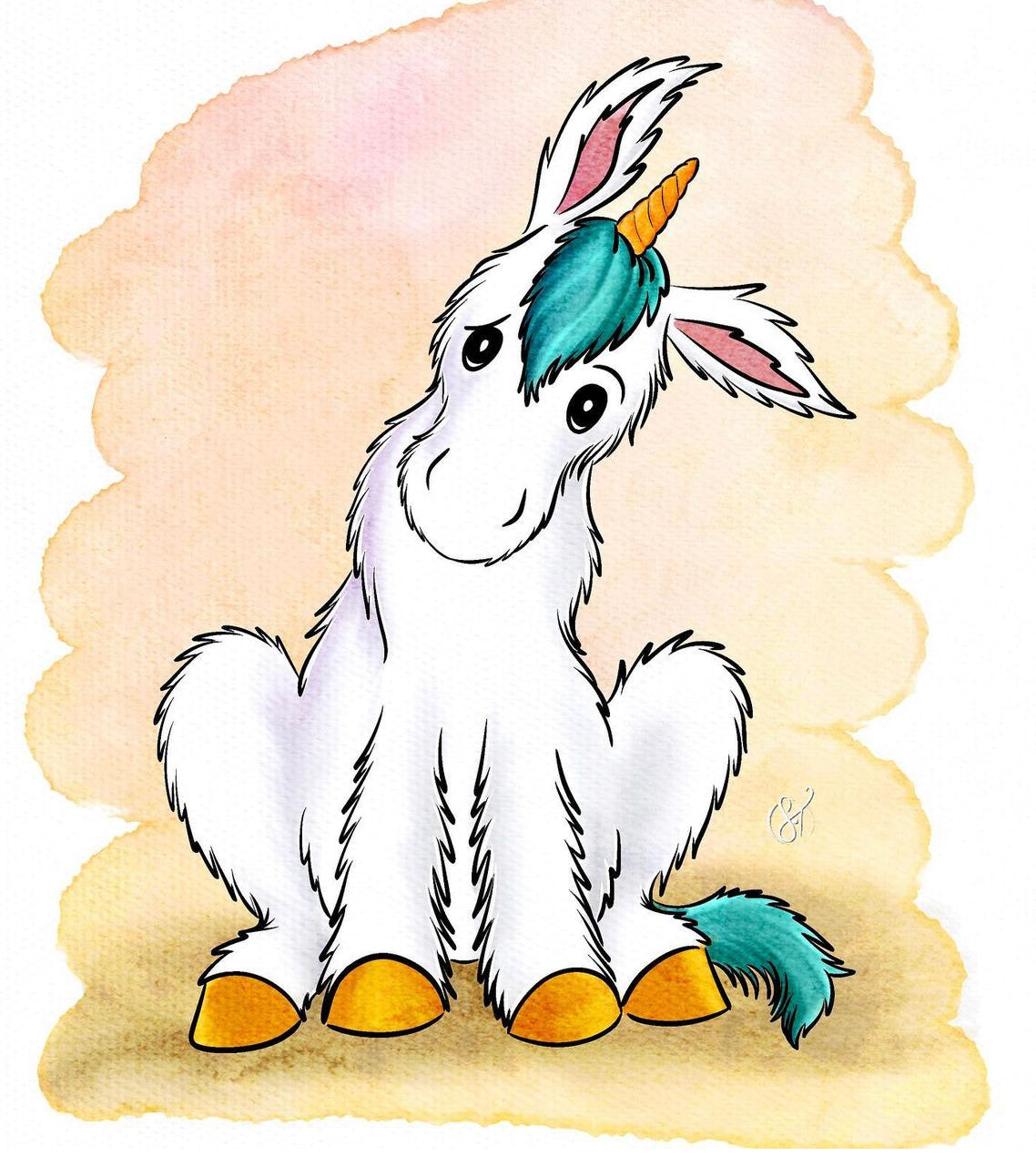So where did Gerald come from?

That's really it. I’m not even sure, at one point, if whether someone was nice or not was a factor in those early years.
I have no recollection, during those lower elementary school years, of caring about how someone looked, what they wore, if they had an aid with them, or if their classwork looked a little different. It just never mattered.
I also don't remember at what point, kids' differences, whether physical, academic or behavioral, really became apparent to me. And yet there is this shift of awareness that happens to all kids somewhere along the way. All of a sudden we notice all the things. Who a someone appears to be academically, where their interests are, if they have quirky behavior or are a little socially awkward... the list goes on. And just like that, a line is drawn that divides kids into groups of friends. It’s normal human nature.
The line is invisible, but as a teacher I can see it. I teach fifth grade and at this point the awareness is very much there. The line doesn’t bother me, I realize it's inevitable. What I struggle with is what some kids do with the line they’ve drawn between themselves and their friend group, and their peers.
As teachers, and parents, we try so hard to teach our children that it doesn't matter what differences people have, everyone deserves a chance and to be included. Everyone deserves to have friends. Taking other perspectives and trying to walk in another person's shoes, matters. And I do believe that the teaching and discussing of these things with our children helps. However, when the peer pressure is on and the fear of whether their *friends* will still be their friends if they don't follow along is very real, everything we try to teach and that we’ve discussed are not always in the forefront of our kids' minds. Not just yet anyway.
Gerald and his story were directly inspired by the peer interactions I see and have seen in school over the years.
Each character in the story is a branch of student:
- The excluded kids and the ones who struggle to make friends and fit in
- The kids who try to be friendly even if others aren’t
- The bystanders and followers
- The kids who stand up for others
- And ones who might not always say the nicest things
Typically, children will find themselves somewhere within these roles in some capacity throughout their adolescence. It’s unavoidable and that’s because social dynamics change and evolve, and this is how our kids ultimately grow up and learn how to be and who they want to be in a variety of situations.
Sometimes though, it's tough for people, and kids especially, to recognize where they are among the dynamic of the crowd. That's where a story like Gerald's comes in. My hope is that although this story is about unicorns and magic, the underlying situations, feelings, and interactions will resonate in some way, and will push children toward self reflection, self awareness and perhaps even perspective taking.
That is when real change can happen.

The Original Gerald
Gerald was first drawn on a Friday night in February 2023.
His image evolved through the process of the story however, and the Gerald you see on the cover is who he eventually came to be.
